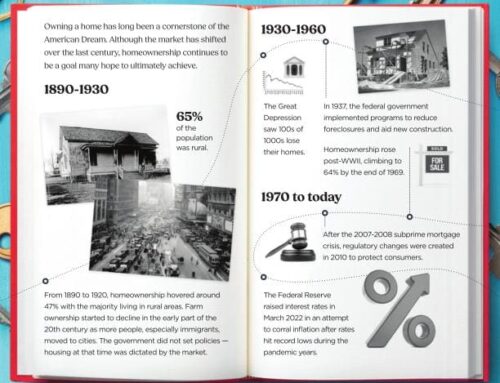Happy Mother’s Day to our
Clients, Customers and Friends
Mother’s Day is a celebration that honors the mother of the family. It also honors motherhood, maternal bonds, and the influence that mothers have on society. It is celebrated on various days in many parts of the world. In the United States, it is celebrated in May. It is one of several similar celebrations in the United States that honor family members. These include Father’s Day, Siblings Day, and Grandparents Day.
Learn the History of the Holiday
The modern Mother’s Day is attributed to Anna Jarvis in the early 20th century. It was first celebrated in 1907. That is when Anna Jarvis held a memorial for her mother. This was at St. Andrew’s Methodist Church in Grafton, West Virginia. The church is home to the International Mother’s Day Shrine. Her campaign to make Mother’s Day a recognized holiday in the United States began in 1905, the year her mother died.
 In 1908, the United States Congress rejected a proposal to make it an official holiday. Some joked that they would also need to proclaim a “Mother-in-law’s Day” holiday. By 1911, all of the states observed the holiday. Some states officially recognized Mother’s Day as a local holiday. The first was Jarvis’ home state of West Virginia in 1910. Woodrow Wilson signed a proclamation in 1914 designating that Mother’s Day be held on the second Sunday in May as a national holiday.
In 1908, the United States Congress rejected a proposal to make it an official holiday. Some joked that they would also need to proclaim a “Mother-in-law’s Day” holiday. By 1911, all of the states observed the holiday. Some states officially recognized Mother’s Day as a local holiday. The first was Jarvis’ home state of West Virginia in 1910. Woodrow Wilson signed a proclamation in 1914 designating that Mother’s Day be held on the second Sunday in May as a national holiday.
Although Jarvis was successful in creating the holiday, she resented its commercialization. By the early 1920s, Hallmark Cards and other companies had started selling Mother’s Day cards. Jarvis believed that the companies misinterpreted and exploited the idea. She continued to believe that the emphasis of the holiday was on sentiment, not profit. She organized boycotts of the holiday and threatened to file lawsuits against the companies involved. Jarvis argued that people should appreciate and honor their mothers through handwritten letters expressing their love and gratitude instead of buying gifts and pre-made cards. Jarvis protested at a candy makers’ convention in Philadelphia in 1923. She protested again at an American War Mothers meeting in 1925. By this time, carnations had become associated with the holiday. Selling carnations by the American War Mothers to raise money angered Jarvis. She was arrested for disturbing the peace.




